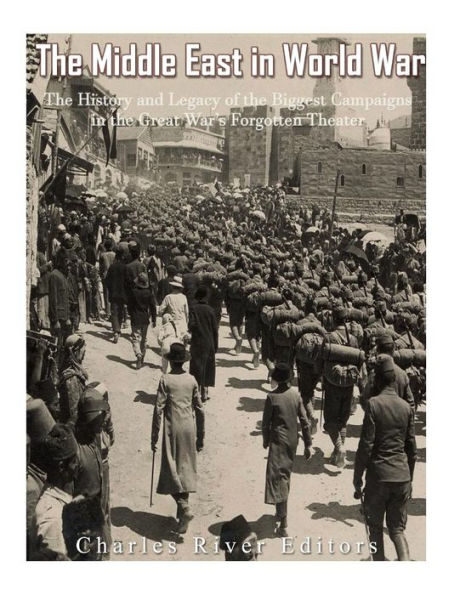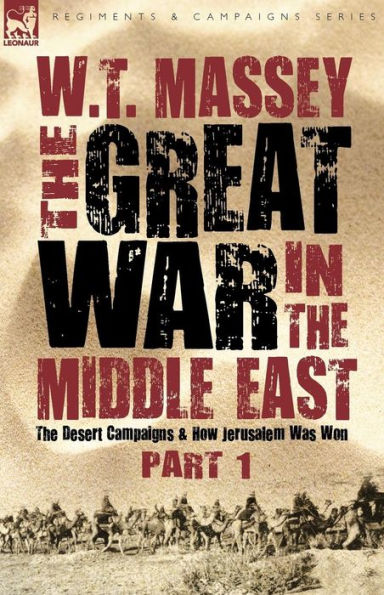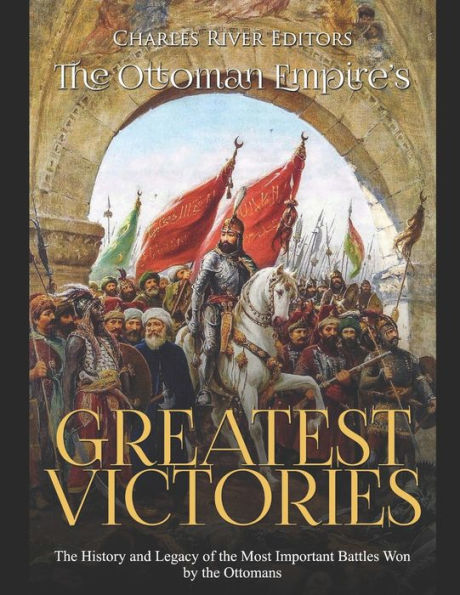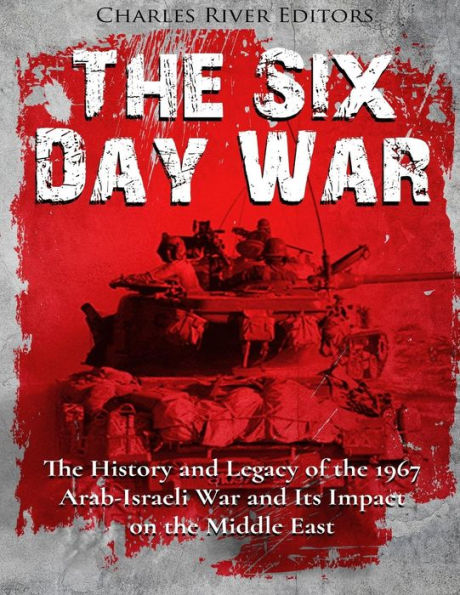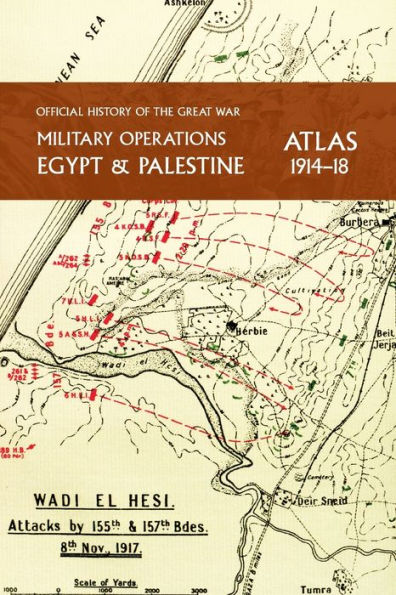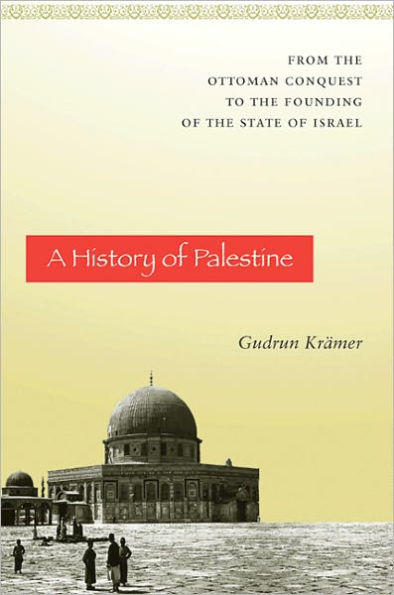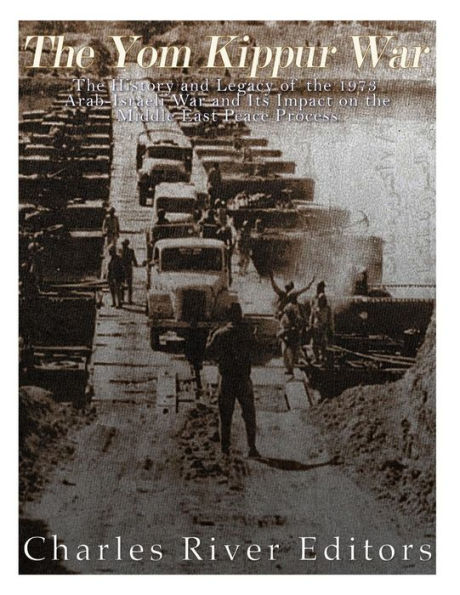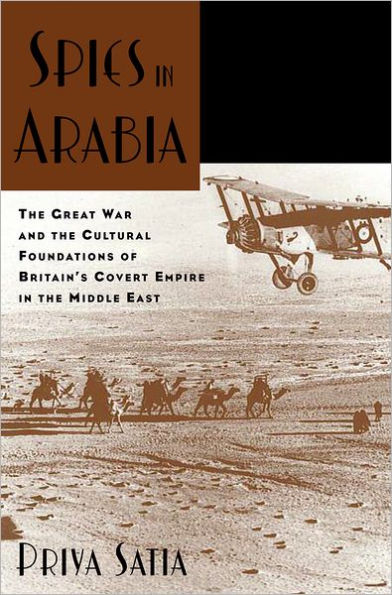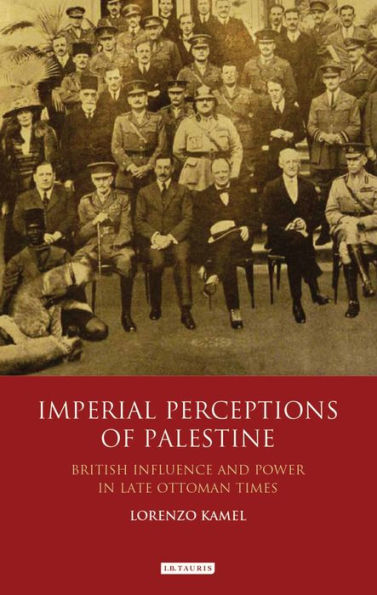Home
The Sinai and Palestine Campaign of World War I: The History and Legacy of the British Empire's Victory Over the Ottoman Empire in the Middle East


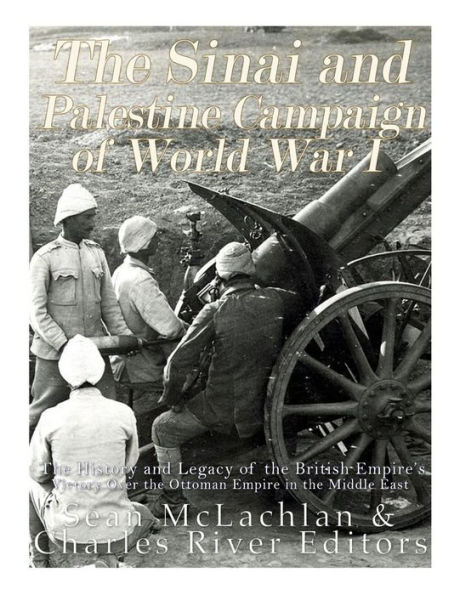
The Sinai and Palestine Campaign of World War I: The History and Legacy of the British Empire's Victory Over the Ottoman Empire in the Middle East
Current price: $11.14
Loading Inventory...
Size: OS
*Includes pictures
*Includes accounts of the fighting
*Includes online resources and a bibliography for further reading
Most books and documentaries about the First World War focus on the carnage of the Western Front, where Germany faced off against France, the British Empire, and their allies in a grueling slugfest that wasted millions of lives. The shattered landscape of the trenches has become symbolic of the war as a whole, and it is this experience that everyone associates with World War I, but that front was not the only experience. There was the more mobile Eastern Front, as well as mountain warfare in the Alps and scattered fighting in Africa and the Far East.
There was also the Middle Eastern Front, in both the Levant and Mesopotamia, which captured the imagination of the European public. There, the British and their allies fought the Ottoman Turkish Empire under harsh desert conditions hundreds of miles from home, struggling for possession of places most people only knew from the Bible and the Koran.
The campaign to protect British Egypt from Turkish invasion was especially important to the Allied war effort. The Turks sought to cut the Suez Canal, a vital supply route connecting the Mediterranean with British colonies in East Africa and India and Britain's allies in Australia and New Zealand. Kaiser Wilhelm of Germany quipped that the canal was the "jugular vein of the British Empire."
Egypt at the outbreak of war was still nominally part of the Ottoman Empire, though British troops had been there since 1882, and the British ruled in all but name, with an Egyptian khedive as the supposed head of state. When the Ottoman Empire entered the war in late October of 1914, the British were quick to make Egypt a protectorate. With the Ottomans declaring jihad, or "holy war," against the Allies and calling for all Muslims to rise up, the British quickly removed Khedive Abbas Il Helmi, who was pro-German, and replaced him with the more tractable Hussein Kamel.
It wasn't long into the campaign before the men had to march in that heat, pushing the Turks out of the Sinai and continuing into Palestine. The Turks suffered greatly in their marches as they prepared to attack Egypt, and the British would soon learn to appreciate what their enemies had been through. Massey noted, "There was a time when six miles a day in marching order was considered the utmost limit for infantry in the eastern desert. One day, when travelling light, during the battle of Romani, I tramped twelve miles and could get nobody to believe me. At the end of it I chanced upon the East Lancashire troops at Canterbury Siding, and could not move for two hours. Yet I have been a walker and runner from my youth up. I was fresher after a London to Brighton walk [about 50 miles], untrained, than at the finish of that desert twelve miles. And I was not carrying a sixth of the weight of the foot-sloggers. The fatigue of marching with the sun overhead was no light trial." For the men of the Allied and Ottoman armies, the land was as fearsome of an enemy as the men opposing them.
The Sinai and Palestine Campaign of World War I: The History and Legacy of the British Empire's Victory Over the Ottoman Empire in the Middle East examines the history of this crucial but often overlooked campaign. Along with pictures of important people, places, and events, you will learn about the campaign like never before.

